Because of seasonal variations in the habitat and biochemical structure of fish, the fishing season seems to be affected by the temperatures. Throughout the spawning season, the water absorption is at its highest. The nutrition level of fish would also vary based on the places you capture them. The condition of the fish changes depending on the season. The changes can be triggered because of temperature, reproductive hormones, and food availability.
Water temperature influences how easily the optimum storage atmosphere in the fish may be achieved. Gaping may be affected by the heat, and muscle bruises can occur as a result of tougher treatment through poor weather. The fishing community may find it tough, if not impossible, to respond to such natural influencing factors.
Let’s take a look at the different fish you can catch in each season.
Contents
Spring
Walleye
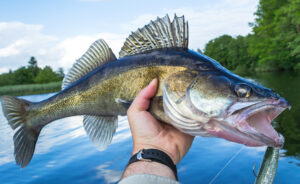
These oddly labeled fish emerge from the fall breeding places in the spring. Since they reside in deep, low-current environments, these might be a good choice for anglers.
Walleye are among the few fishes that react to baits and chase colorful lures. Pick lures with a vibrant hue and add a little enhancer for the highest chance of catching the fish.
Trout
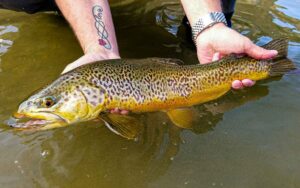
If the thought of fishing for trout conjures up images of pristine lakes on cold summer days in the mountain, you may want to rethink the early spring plan. The runoff sullies the stream, and you cannot see clearly. That makes it difficult to find the fish. However, this would not rule out the possibility of capturing trout. Simply switch your tactic from surface fly to sinking flies. Those can resemble tiny baitfish which would immediately draw trout.
Catfish
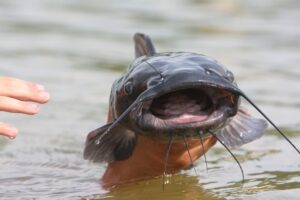
Catfish are as eager and finicky as always in the springtime. As a result, they are simple to capture and a perfect fish for novice anglers to improve their game. Catfish are fun for experienced anglers to chase after. Learning where to find catfish is among the most difficult aspects of capturing them. But the effort is worth it when you would enjoy some delicious Cajun fried catfish to finish the day.
Snook
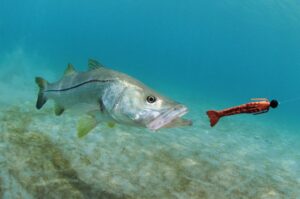
Snook are especially susceptible to fluctuations in water temperature and, prefer colder waters. The fish is a powerful, fierce predator that would tear a fishing line to pieces. Snook are a difficult target to capture on lighter tackle, but they are pretty worthwhile.
Redfish
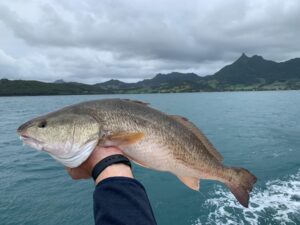
The redfish (also known as the red drum) is a fish that can be found in shallow waters. Redfish are seen in both saltwater and brack water. It differs from the black drum in that it lacks chin barbels and has a longer body.
Summer
Bass
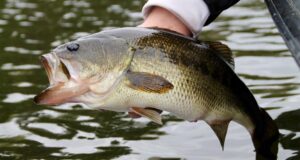
The largemouth bass is among the most abundant and popular species in the United States. You can probably see these fish in nearly any water source. Rolling or surfing a jig down a grass line is one of the exemplary summer season largemouth behaviors.
Smallmouth bass, like the green counterparts, is plentiful and is great to fish fairly well all season. Summer smallmouth bites can be found by scouring rocky coastal areas, current channels, and inland areas with lures such as crankbaits, or jerk baits.
Bluegills
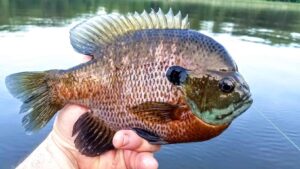
Even though lots of anglers ignore them, many bluegills are harvested every year compared to plenty of freshwater fish. They are very hostile, can be captured using any approach possible, and are among the best eating fish around. Bluegills congregate near every shallow habitat they might find, such as ports, laydowns, and similar spots.
Northern Pike
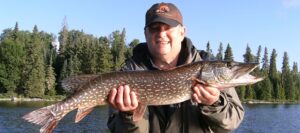
Northern pike is a primary hunter in plenty of waterways in the upper Midwest and northeast areas. The pike is the ideal ambush hunter, hidden in shallow covering and darting out to swallow a moving prey. They are particularly active during the summertime, and attacking the pike can be a great experience because their hostility is unrivaled. Pike can be seen in narrow, gangly bays, across grass lines, and in swamplands away from the current.
Fall
Perch
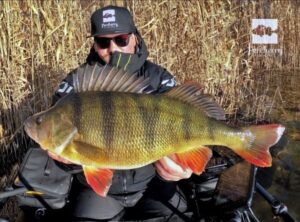
While the water temperature decreases in the fall, the tasty yellow perch migrate towards shallower water to prey on clusters of tiny baits. They are particularly drawn to rugged environments. You can use tiny minnow baits with tons of activity within the habitat. Along with the structures, you can attract the perch with vibrating lures.
Crappie
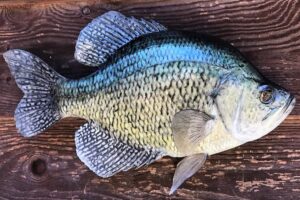
Crappies typically congregate near standing logs, allowing them to travel shallow or deeper depending on the weather patterns. Crappie sometimes prefers to stay close to the surface on gloomy days where sunlight does not reach too deep down the water. On the clear, sunny days, they could be sticking to the bottom.
Flounder
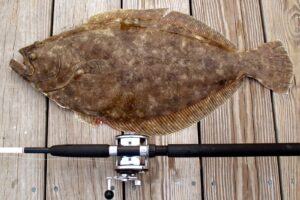
Flounder might seem to be lazy when you see them leisurely lying on the floor of the sea. But these fish are very clever in their respects. They’re a prominent fall fish that can be found in coastal areas. The floors of those coastal rivers are among the places where the founders just love to lay around. A lot of those drop-offs actually give the fish an abundance of prey to attack.
King Mackerel
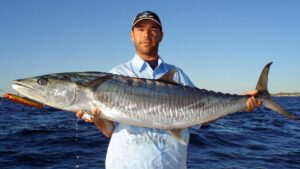
The Atlantic Ocean’s King Mackerel belongs to the Mackerel fish group. The King Mackerel is one of the biggest fish in its community, and suitably so, considering the name. Because of their magnitude, the Mackerel is a very common game fish. King Mackerel can evolve to be nearly 90lbs at times, but they are usually quite smaller.
Winter
Sheepshead
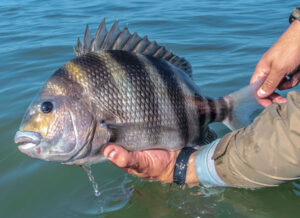
If you intend to eat fish throughout the winter season, you may have to settle for sheepshead. These fish mainly prey on crabs and shrimp. Since they have teeth similar to humans’, it’s harder to identify the bites of a sheepshead. Regardless, you will encounter a lot of them, increasing the odds of capturing them.
Bonefish
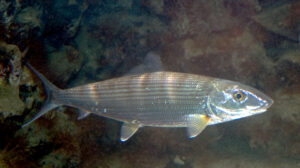
The enigmatic bonefish is among the most cautious fish on the reefs. They do provide superb sport, particularly during the late winter. You can practice with them to hone your fly-fishing skills. Bonefish prefer to go after light tackles. Anglers use hooked shrimp to catch them. You would also need a precise cast, along with a cane pole.
Snapper
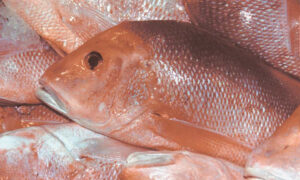
Throughout the winter months, you can pursue snappers in coastal and inland habitats. They travel from deeper parts to shallow waters to eat and warm up. Snappers can also be found around ruptures or reefs.
Barracuda
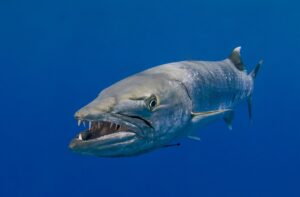
The quick and toothy beauties appear to run after preys all throughout the year. But the best time to catch them are the colder months of winter. These vicious feeders can generally be seen from a long-range in calm and clean water. You might end up finding the barracudas patrolling the reefs of the Florida Keys.
Bottom Line
Now you know what to expect from a perch during the fall or whether to go after a catfish in the summer or not. Pick your favorite fish and wait for the perfect time to capture them. Make sure your fishing gear is in top-notch condition as the desired season nears.
